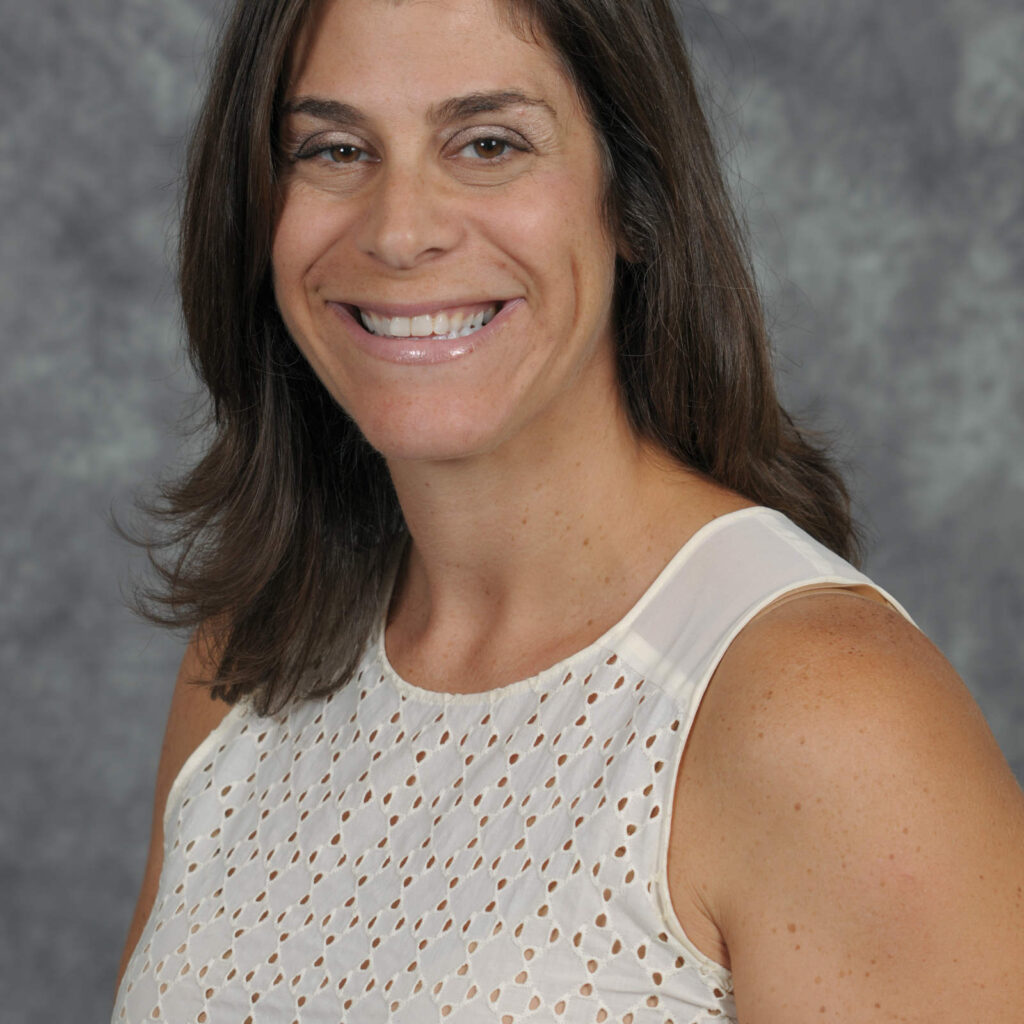
Rebekah F. Schulze
Rebekah F. Schulze is an associate professor of Higher Education at Florida International University.
Learn more about Rebekah F. SchulzePosts by Rebekah F. Schulze

My student is in crisis, but I’m not a counselor. How can I possibly help?
Many higher education professionals—faculty, staff, and campus administrators—struggle with how to best help students in distress, sometimes feeling overwhelmed by the number of students seeking their support. But you don’t need to be an expert to help.